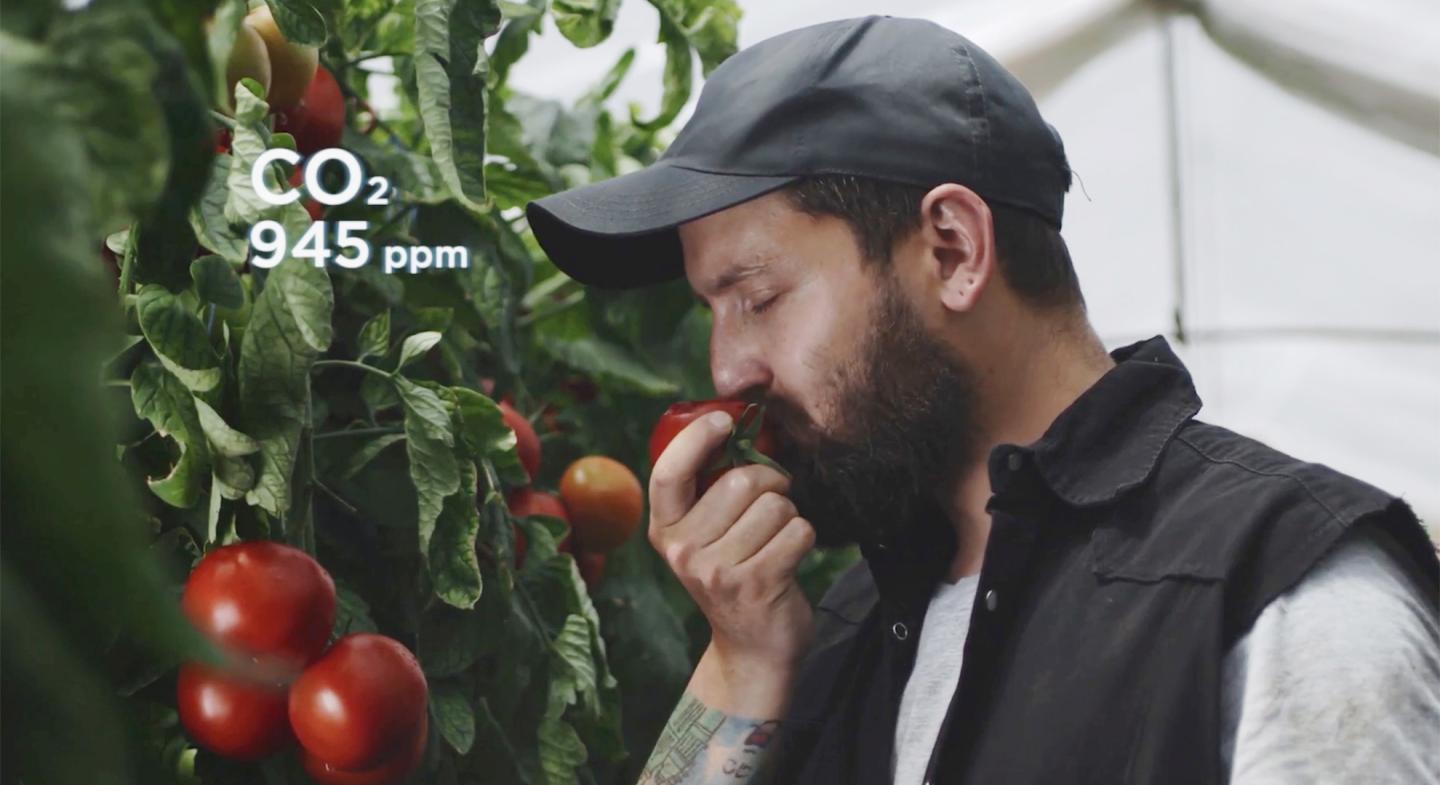

Dr. Lauri Reuter is an expert in the future of food, and the person to ask if you’ve ever wondered what we are going to eat in the future, and how all that food is going to be produced. He currently works in investments in bold Nordic innovations that aim to transform the global food system. Dr. Reuter has a PhD in Biotechnology and is a former Senior Specialist of Disruptive Technologies at VTT Technical Research Centre of Finland as well as an alumnus of the Singularity University Global Solutions Program.
The future is so close we can already taste it – An expert article on the future of food, pt. 2.
Our food system has been in constant flux since the first agricultural revolution in around 10,000 BC, when many human cultures left hunting and gathering behind for agriculture and settlement. Technology and processing techniques in one form or another have been constant companions in food production ever since. Let’s take a look at where our stomachs have led us so far, and what the future of food might hold.
Processed food – then and now
Shining aluminum tanks, staff in protective clothing, kilometers of piping, and steam rising from imposing chimneys – this is many people’s image of what technology-enabled “food processing” means. But the reality is that ever since humans invented the first plough, discovered how to make cheese, or baked that first loaf of bread with the help of fire and yeast, we have been making use of technology and processing techniques to feed ourselves.
Without processing techniques, chemicals for fertilizers and pest control, and the development of new technologies, food production would never have been able to keep up with the massive growth of the human population. Food and technology are inextricably linked, it’s just that today we are dealing with a whole new level of complexity and inventiveness.
Crisis and opportunity
Our food system as it stands today is in turmoil and needs to change fast if we are to reduce its burden on the planet, build resilience against irreparable climate change, and address the health crisis caused by poor dietary choices. Until now primary food production has largely been based on plants and animals that we can see with the naked eye, but turn your attention to the foods and food production techniques of the future and you are, quite literally, staring down the barrel of a microscope.
The urgent need to change is evident, and we already have the tools and technologies to begin tackling the challenges we face. Science and technology are moving at an incredible pace – thousands of years ago we had just begun drinking milk from a cow; today we are able to sequence and visualize the entire genome of that cow overnight – and indeed any other living organism on the planet. In terms of food science, the next big thing happens to be small – very small. Microbial organisms may very well hold the key to feeding the human population of the future, both here and, eventually, on other planets.
Science fiction is now science fact
There is a tendency to think of foods or food components grown in laboratory petri dishes or tanks as somehow unnatural – something from science-fiction that fills us with a fear of the unknown. Yet I am willing to bet that many people reading this have happily consumed a burger or other product made from Quorn. This mycoprotein, grown in sterile fermentation tanks, began life over 50 years ago when British industrialist J. Arthur Rank, worried that the world would one day run out of protein, set scientists to work.
Microbes don’t need to grow a face or legs to walk around, so they’re fantastically efficient at simply churning out proteins, or whatever they are supposed to make. They can be grown and eaten in as such or used to produce specific food components. Today there are countless examples of innovative companies putting microbes to work to cut animals out of the food production chain altogether, making everything from dairy whey proteins and egg albumen to animal fats for plant-based meat alternatives. Some even use microbes that consume nothing more than carbon dioxide from the air. So if the solutions exist to take our food systems to the next level, why aren’t we seeing a mass global uptake of them?
Effecting real change will take time
It will take time but, at least in Europe and north America, we are already seeing a huge number of innovative new food products on our supermarket shelves and this number is increasing on a daily basis. Your local supermarket might already stock ice cream that uses dairy proteins produced from microbes, and even the global burger chains now offer 100% vegan options that are hard to tell apart from their meaty counterparts!
But there are a couple of factors restricting the pace of change. Firstly, the global food industry is massive and complex, and there are a lot of subsidies and public money invested in existing production methods and processes. Secondly, humans are creatures of habit and slow to change. We could all have stopped eating meat years ago, or at least reduced our consumption, but most of us didn’t.
All this is not to say that the food industry can’t change quickly. For example, the broiler industry didn’t exist before the 1960s and within 40 years it had taken over the world. Now if you put all the birds in the world in a pile, 70% of that pile will be chickens.
Space, the final frontier?
During my lifetime, say in the next forty years or so, I definitely think we’ll see a permanently inhabited research station on the moon. To avoid the need for transport, the food people eat there will need to be produced there too. Without fields, water, and oxygen the inhabitants of this space-age settlement will need to be sustained by a resilient, fully contained, closed-loop food production system that is fully controllable and extremely efficient. It seems to me that microbes will be a very big part of such a system.
Microbial systems that produce all the nutrition that humans need would also be invaluable on earth too, for example as backup systems for humanitarian crises like droughts or wars. What’s more, developing small self-contained food production systems would allow us to reduce our reliance on fields and enable us to return vast amounts of land back to nature and go some way to restoring biodiversity.
Doing so means welcoming a third kingdom of organisms, microbes, to a food production chain that has been dominated by plants and animals for millennia. This demands a whole new suite of measurement and monitoring technologies to help figure out what is going on inside production tanks and learn how to optimize conditions for our microscopic heroes. The future of the food industry will be 100% data driven because we will be monitoring and measuring things that we cannot see with the naked eye.
It is clear that we need to fundamentally transform the way that we produce and consume food if we are going to successfully navigate the weighty challenges we face. But doing so does not mean that we need to give up on enjoying our favorite delicacies and wave goodbye to cherished food-related traditions. It just means that we need to push the boundaries of food science to find new and better ways to produce our favorite foods – not to mention innovating even better, tastier options that we can have fun falling in love with too.
Thank you for reading this part two of my Future of Food article I’ve written for Vaisala. You can find the part 1 here »
Feel free to connect with me on LinkedIn, and while you’re at it, why not revisit my Future of Food webcast here »
Click here to learn more about what Vaisala can offer in Food and Beverage »

Dr. Lauri Reuter is an expert in the future of food, and the person to ask if you’ve ever wondered what we are going to eat in the future, and how all that food is going to be produced. He currently works in investments in bold Nordic innovations that aim to transform the global food system. Dr. Reuter has a PhD in Biotechnology and is a former Senior Specialist of Disruptive Technologies at VTT Technical Research Centre of Finland as well as an alumnus of the Singularity University Global Solutions Program.